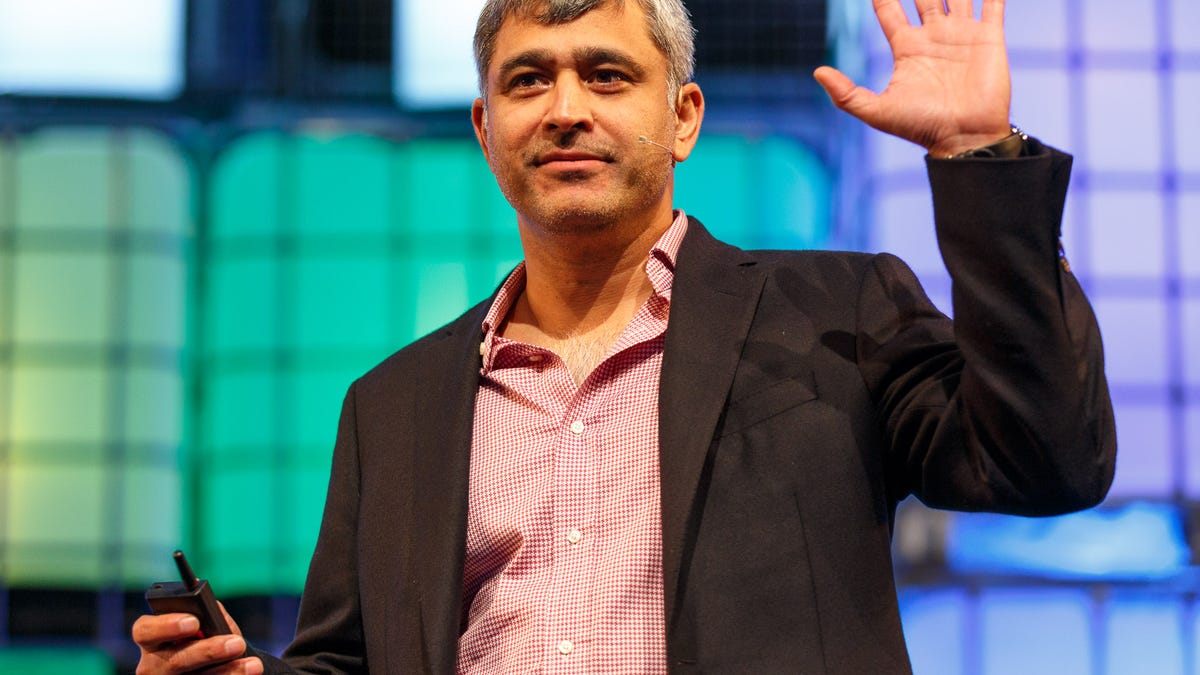Google makes email smart enough to answer for you
The Inbox app's new "smart reply" feature offers three ready-made responses to emails. It looks simple but exemplifies deep-learning technology that's getting more important at the Internet giant.
DUBLIN -- Google doesn't presume to know what you're thinking, but the Internet giant will offer its best guess with a new email feature called "smart reply."
Unveiled Tuesday, the smart-reply feature in the Inbox by Gmail app analyzes the text of incoming email and offers three tailored responses that you can ignore or customize. Smart reply should arrive this week in the version of the Inbox app that runs on smartphones and tablets powered by Google's Android software and Apple's rival iOS.
It may look simple, but under the covers, the capability requires complex technology called deep learning, a newer incarnation of what researchers for decades have called artificial intelligence. Google has been using deep learning to give its services something of the mental adroitness and sophistication as a real human mind. With it, Google already screens out spam, identifies photo subjects, translates text and tries to spot trends in your spreadsheet data.
"The possibilities of machine learning are endless," said Amit Singh, president of the Google for Work program, as he announced the smart-reply feature at the Web Summit tech conference here.
Smart reply begins as a smartphone app, a fitting choice for the quick answers the technology offers. For one thing, it reduces the likelihood that Google's electronic brains will go too far with suggested responses. For another, it's a pain typing long answers on a small phone screen, so prefab answers are likely to be more appropriate.
"On mobile, the actions we take in writing emails are very short and typically very action-oriented," Singh said.
The feature takes Google's reading of your email to a new level. The company already checks message content to cut spam and previously did so to to serve up advertisements. Now, though, the electronic scrutiny is getting deeper through a machine-learning system known as deep neural networks.
The system learns from human signals too, such as the responses that people choose or avoid. For that reason, Google intervened to nix one common suggested reply that's generally ill-suited to business email: "I love you."


